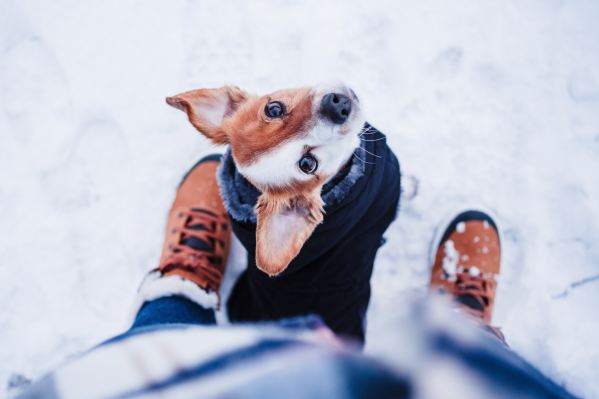If you live somewhere that sees all four seasons, you're no stranger to the potential wrath of winter. Icy sidewalks, freezing temperatures, and the occasional blizzard are just a few of the not-so-fun things that cozy season brings about.
As you swap out your sundresses for sweaters and haul out those holiday decorations, think of your four-legged friend. Pets also have to deal with the challenges that come with cold weather, and if you're not prepared, it can result in injury, illness, and an expensive trip to the vet.
It can be hard to know exactly what you need, so you might starting asking yourself things like: Does my dog need a winter coat? Are booties really necessary?
We chatted with Yui Shapard, BVM&S, MRCVS and Medical Director at Pawp to get to the bottom of it.
A vet's favorite things for winter
The items you'll need will largely depend on your pet's breed, behavior, and any existing health issues. It's important to remember that when it comes to dogs, some are sensitive to the cold while others are not.
1. Jacket or sweater
Breeds that are sensitive to the cold—generally, dogs with very short or minimal coats, as well as those without much of an undercoat—will benefit from a jacket or sweater, especially in areas that go below freezing.

Kuoser Reversible Windproof Waterproof Jacket$17+
Available in XS-XXXL, this pet jacket is reversible—one side is water-resistant and the other has a warm fleece lining. This windproof pet coat has a hook and loop closure.

Think Of The Floofs "Cool Weather Canine" Reflective Coat$20
Offered in sizes XS-XXXL, the quilted stitching of this coat provides warmth, while the stretchy collar and body creates breathability. The collar and harness hole makes for easy walks, and the reflective trim is perfect for low-light visibility.
Keep in mind that not all dogs will need a jacket or sweater during the wintertime. Breeds like Siberian Huskies, Alaskan Malamutes, and Great Pyrenees will likely not need much when it comes to winter gear.
"Those who are not sensitive to the cold have plenty of undercoat to keep their body warm. If these breeds of dogs wear layers of clothing, it can cause overheating and discomfort," explains Dr. Shapard.
2. Booties
While many dogs do not like this, getting them used to booties to protect their paws from ice and salt is also a good idea. The salt sprinkled on the ground can cause paw pad irritation, dermatitis, and in severe cases, ulcers.
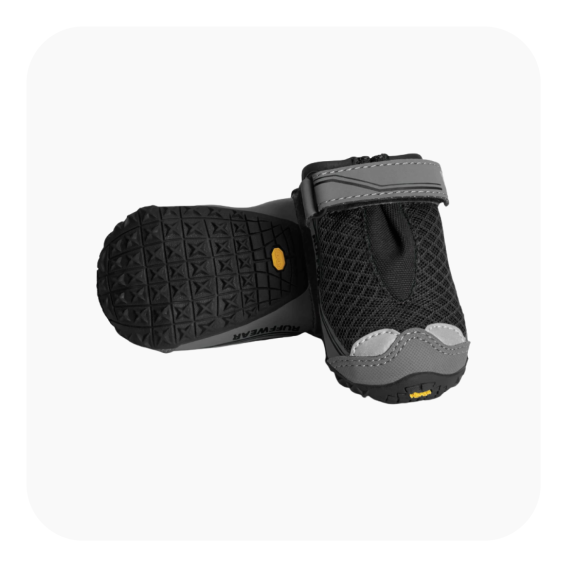
RUFFWEAR Grip Trex Dog Boots$40
These heavy duty outdoor booties will protect your pup's paws no matter the terrain. With breathable mesh, a rugged outsole, and reflective trim, there's no adventure too big for your furry friend.
3. Paw balm
Keeping paws protected from snow and ice in the wintertime is key to preventing injury and irritation. Stock up on some paw balm before the weather gets bad so you have a remedy at the ready. This can also be a great solution for pups who refuse to wear booties.
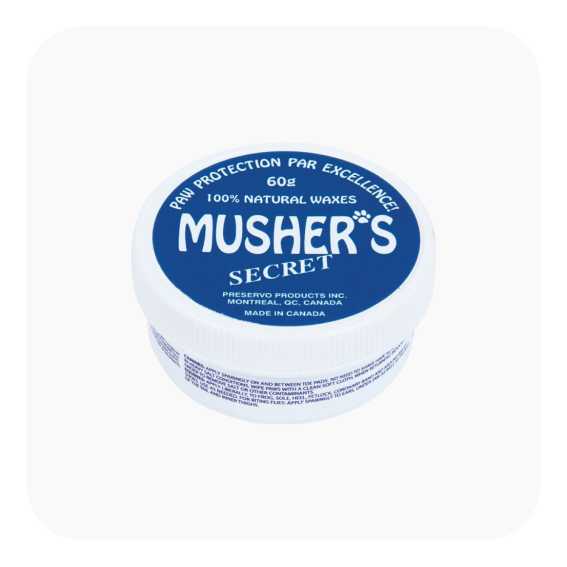
Musher's Secret Paw Protection Natural Dog Wax$17
This blend of 100% pure natural waxes soothes, moisturizes, and protects paws in even the most extreme weather conditions. The safe, non-toxic formula is a go-to for pet parents who want to keep their pups happy and healthy.
"Paw balms like Musher's are a great alternative to booties or can be used as additional protection to keep paws free of ulcers and drying. It also works as a natural soothing relief when their paws become irritated from abrasions on the ground," says Dr. Shapard.
4. Pet-safe road salt
Choose a non-toxic, pet-safe ice melt product to prevent accidents and injury and create safer sidewalks for our furry friends. The rock salt that's often used on roads and sidewalks can be toxic and dangerous to pets if ingested and can also irritate paws.
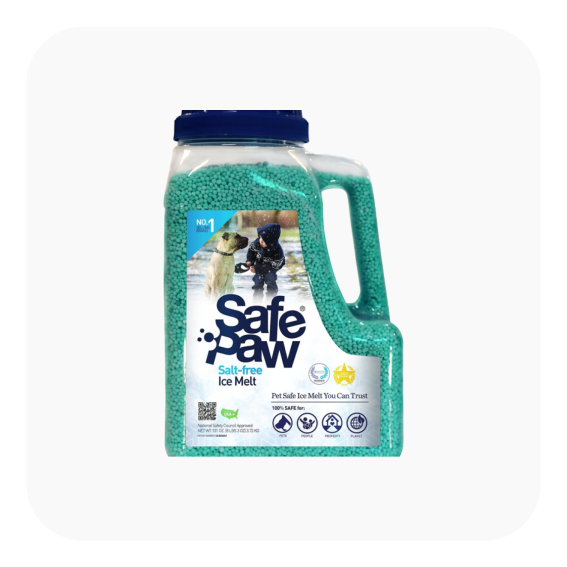
Safe Paw Ice Melter for Dogs & Cats$30
This non-toxic ice melt option covers twice the area of rock salt. The time-released formula leaves an invisible shield that instantly starts melting ice and prevents it from sticking.
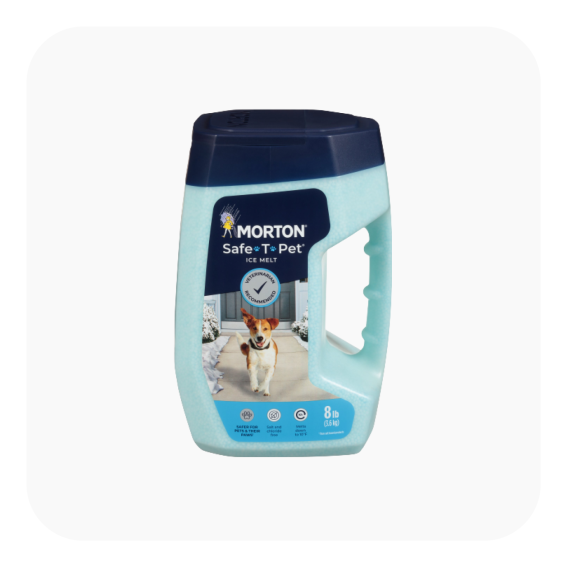
Morton® Safe-T-Pet® Ice Melt$25
Made with an environmentally-friendly formula, Morton® Safe-T-Pet® Ice Melt works to melt snow and ice into slush for easy removal. The easy-to-see pellets work in temperatures as low as -15 degrees Fahrenheit.
During the wintertime, keep your eyes peeled for signs of rock salt toxicity, which include lethargy, vomiting, and excessive thirst.
5. Humidifier
Humidifiers help improve air quality, moisturize dry skin, and soothe allergies. Placing one of these in your pet's area can help make the challenges that come with cold weather a bit more bearable.
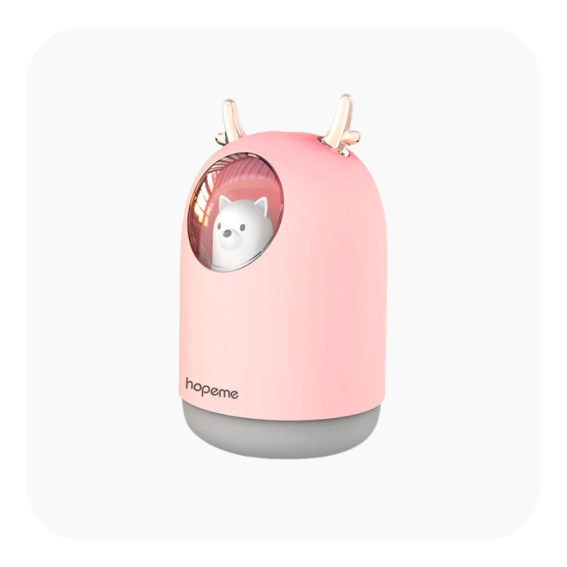
HOPEME Cute Pet Humidifier$13
With a 4-hour working time and an automatic power-off feature, this compact humidifier is perfect to put in your pet's area. It has both a continuous and intermittent misting mode and colorful night lights to enhance the ambiance.
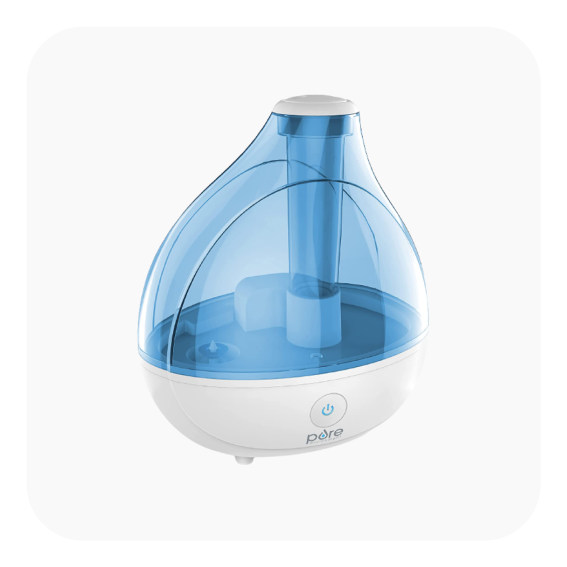
Pure Enrichment® MistAire™ Ultrasonic Cool Mist Humidifier$40
This quiet air humidifier lasts up to 25 hours and has a 360 degree rotation nozzle. This is ideal for larger spaces and also has an optional night light if you're looking for a soothing glow.
Keep in mind that you should not put essential oils in humidifiers or diffusers, and these should always be out of reach of your pet.
6. Interactive toys
It's not uncommon for pets to get less exercise during the winter when the weather isn't as dog park friendly. Make sure you have plenty of indoor distractions to keep your pup busy.

Zippy Burrow Pizza Box$20
Who doesn't love a pizza party? This burrow toy keeps your pup engaged and busy as he digs for a slice and squeaks it once he finally gets it out. Pet parents who need to occupy their pup while they get some chores done can stuff the pizzas back in and let Fido play all over again.
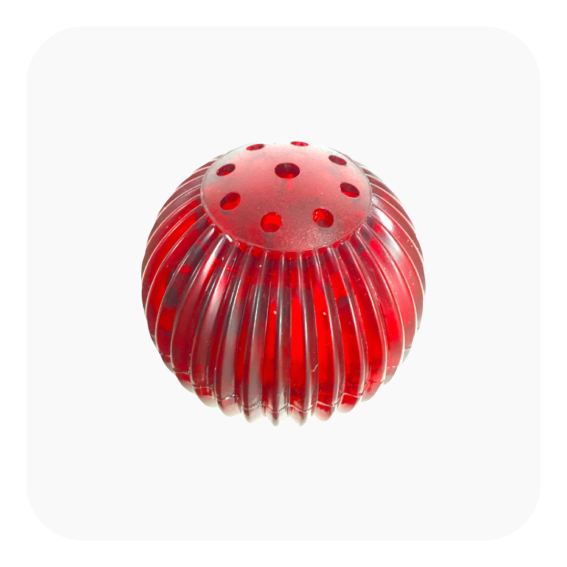
Pet Qwerks Blinky Babble Ball$12
The Blinky Babble Ball has a motion-activated flashing light and makes over 18 different sounds. It talks and flashes when touched and is a great way to keep your dog busy—plus, the talking sounds can be a comfort to anxious pups.
If you're not sure whether or not these items are appropriate for your pet, chat with a vet and they can help point you in the right direction.
